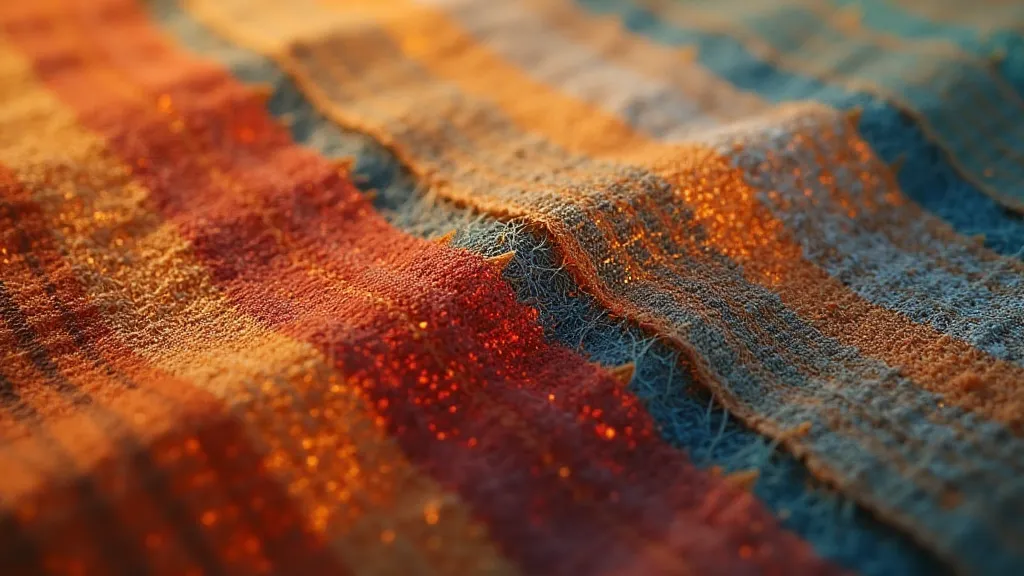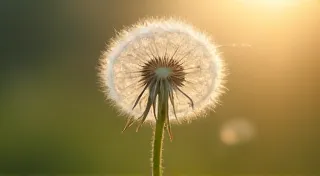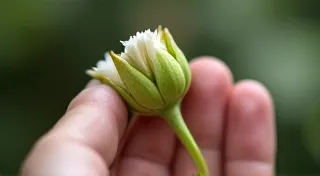The Unfolding Story: Documentation in Textile Dyes
Imagine an antique accordion, its bellows worn smooth with countless performances, its keys yellowed with age. Each imperfection whispers of past joys, of music shared, of stories told. Similarly, the fabrics that surround us—the textiles we wear, admire, and preserve—often carry silent narratives, etched not just in their patterns, but within the very dyes that color them. These aren't just about achieving a hue; they’re about preserving knowledge, connecting generations, and safeguarding a living legacy. This is the story of documentation embedded in textile dyes.
For centuries, before the advent of synthetic dyes and industrialized production, color in fabric wasn't merely aesthetic; it was a painstakingly acquired skill, a carefully guarded secret, and a vital form of cultural memory. Dyes were extracted from the land—from plants, minerals, and even insects—and the processes involved were complex, demanding a deep understanding of botany, chemistry, and traditional techniques. Knowledge wasn’s written down in formal manuals; it was transmitted orally, demonstrated physically, and observed intimately, passed down through apprenticeships and familial lines.
The Language of Recipes: More Than Just Color
Consider the indigo-dying traditions of Japan, particularly the art of Aizome. While we might simply think of it as dyeing with indigo, the process is profoundly layered. The exact blend of clay, lime, and reducing agents used to transform the indigo plant's leaves into a dyeable form differed from village to village, family to family. These weren’t arbitrary choices. They were the result of generations of experimentation, adapting to local water sources, plant varieties, and desired shades.
The recipes, if you could even call them that, weren’t codified. A grandmother might instruct her granddaughter, not with precise measurements, but with phrases like, "a handful of this, a pinch of that, enough to make the water taste earthy," or “as much lime as a sparrow could carry in its beak.” These seemingly vague instructions were loaded with contextual understanding, relying on the apprentice’s keen observation and willingness to learn through repetition and correction. Failure was part of the learning curve; an uneven dye job wasn’t a disappointment, but a lesson.
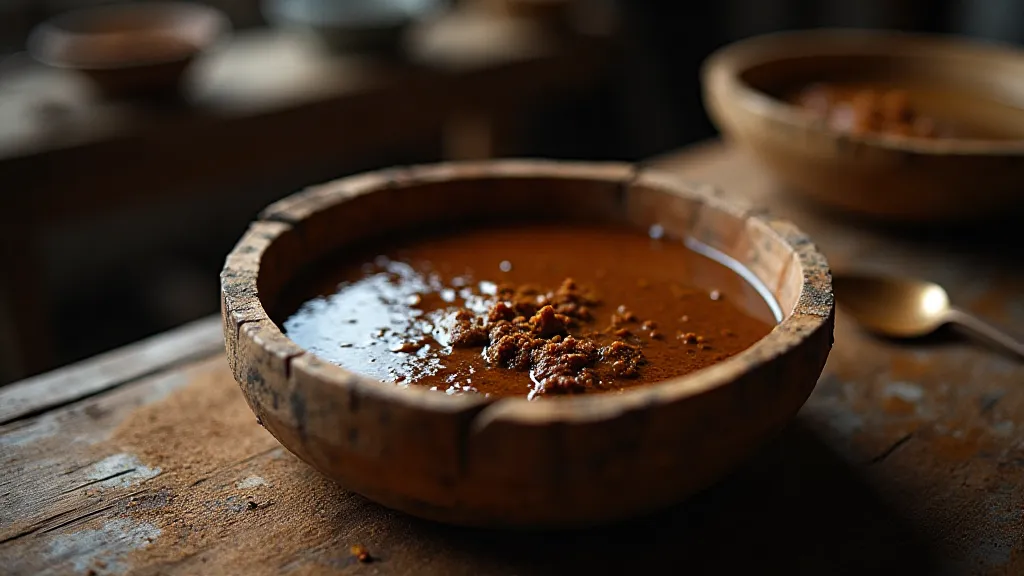
Beyond the Color: Notations and Observation
The most fascinating aspect of this generational transmission isn’t just the knowledge of the process itself, but the subtle notations that became embedded within the practice. These weren’t formal records; they were marks left by time and experience. The way a dyer handled the fabric – how quickly they submerged it, how they agitated the dye bath, the specific folds they employed – all became part of the knowledge passed down. These nuances dictated the final outcome, contributing to the unique character of each piece.
In Oaxaca, Mexico, the intricate Zapotec weaving traditions are deeply connected to the use of natural dyes derived from plants like cochineal (for reds), marigolds (for yellows), and indigo. Elders often recount stories of how their ancestors would mark the progress of the dyeing process on the walls of their workshops with charcoal or clay. These markings weren't just for counting days or tracking time; they served as visual reminders of the crucial steps, the specific temperature to maintain, or the signs of a successful transformation. They were a living, breathing instruction manual.
My own grandmother, a skilled lacemaker, never wrote down her patterns. Instead, she relied on the muscle memory developed through years of practice. The way her fingers moved across the bobbins, the subtle tension she applied to the thread – these were the secrets to creating those delicate, intricate designs. And like the dye traditions, it was often learned through painstaking observation and countless repetitions.
The Fragility of Tradition & The Rise of Restoration
The advent of synthetic dyes in the 19th century drastically altered the landscape of textile production. While offering brighter, more consistent colors, it simultaneously threatened the traditional knowledge of natural dyeing. The immediacy and ease of synthetic dyes led to a decline in the number of practitioners willing to dedicate themselves to the lengthy and challenging processes of natural dyeing. Generations of accumulated knowledge were at risk of being lost.
Thankfully, a renewed appreciation for traditional crafts has sparked a resurgence of interest in natural dyeing in recent decades. Researchers, artisans, and even hobbyists are working to document and revive these lost techniques. This isn’s simply about recreating the colors of the past; it's about understanding the cultural context, the ecological knowledge, and the artistic skill that went into creating them.
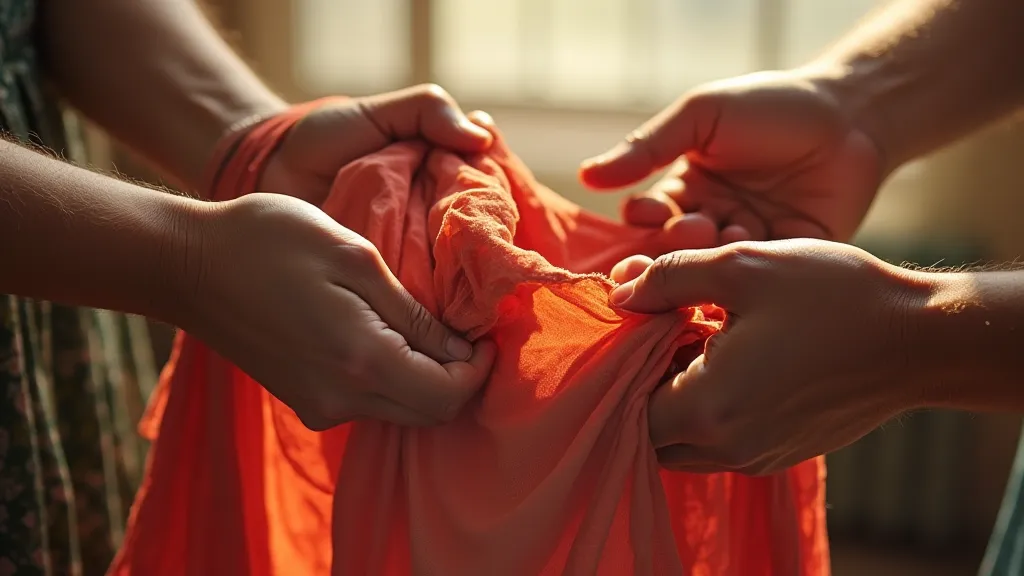
Restoring antique textiles dyed with natural pigments isn’s just about cleaning and repairing the fabric; it’s about respecting the legacy of the dyer. Attempting to replicate the original colors with synthetic dyes would be a betrayal of that history. Instead, restorers often strive to stabilize the existing colors, preserving the subtle variations and imperfections that tell the story of the piece's past. Collecting antique textiles dyed with natural pigments is more than an investment in a beautiful object; it’s an act of preserving cultural heritage.
Looking Ahead: A Living Legacy
The story of documentation in textile dyes isn't just about the past; it’s about the future. As we become increasingly aware of the environmental impact of synthetic dyes, the knowledge of how to create beautiful, sustainable colors from natural sources becomes increasingly valuable. By supporting artisans who practice traditional dyeing techniques, by learning about the history and cultural significance of these crafts, and by appreciating the inherent beauty of imperfection, we can help ensure that this living legacy continues to unfold for generations to come.
The next time you admire a piece of antique fabric dyed with natural pigments, remember that you’re not just looking at a beautiful object. You’re witnessing a silent narrative—a testament to the skill, ingenuity, and cultural memory of those who came before us. It’s a story woven with dyes, tradition, and the enduring power of human connection.
